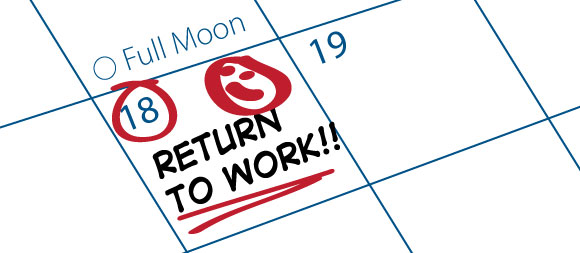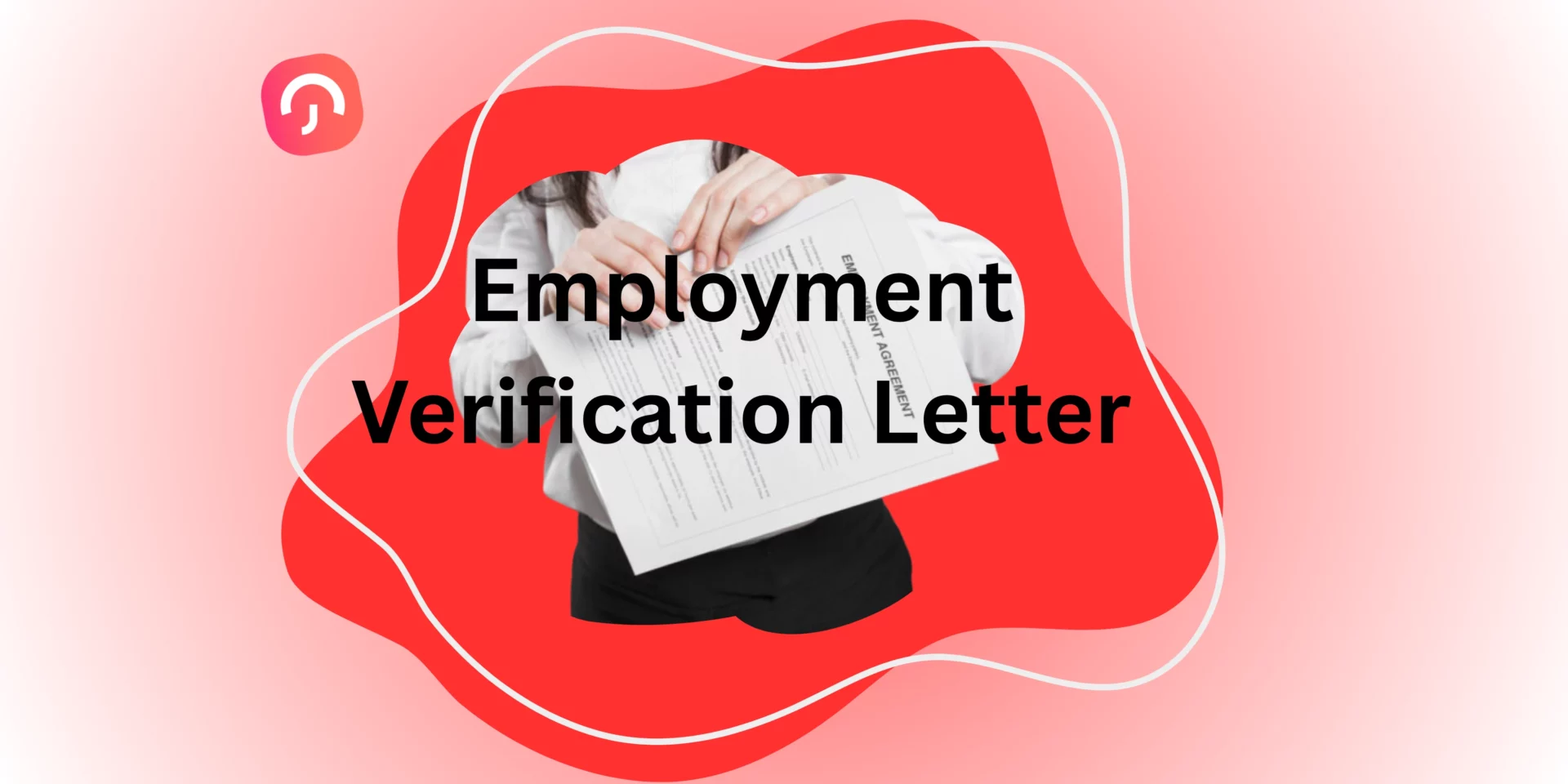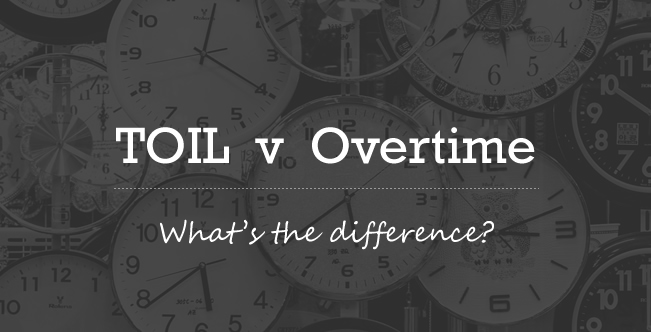In timekeeping and payroll processing, accuracy is paramount. Decimal time format is a method that converts hours and minutes into a decimal representation, streamlining various time-related calculations. This article delves into what decimal time format is, its benefits, and the scenarios in which it is most useful.
Beyond convenience, decimal hours reduce manual conversion errors that often creep in when juggling base-60 minutes and base-10 math. They make payroll audits cleaner, simplify overtime and premium pay calculations, and align neatly with spreadsheet formulas and accounting systems. Teams across industries, HR, finance, operations, consulting, and field services, benefit from quicker rollups, clearer reports, and fewer discrepancies between timesheets and pay stubs. Decimal time also improves transparency for clients and employees by showing exactly how billable and non-billable hours add up.
Decimal Time Format Explained:
Decimal time format represents time in hours and fractions of an hour, rather than in the traditional hours and minutes. For example, 1 hour and 30 minutes is represented as 1.5 hours in decimal format. This system simplifies time calculations, making it easier to sum, subtract, and manipulate time values in various applications.
Conversion Basics: To convert minutes into a decimal format, divide the number of minutes by 60, since there are 60 minutes in an hour.
Decimal Hour=Minutes/60
For instance, 15 minutes converted to decimal hour is:15÷60=0.25
When to Use Decimal Hours Format
Decimal time format simplifies these processes by converting hours and minutes into a uniform decimal format. But when is it most beneficial to use decimal time format? This article explores various scenarios where the decimal time format proves to be advantageous, offering clarity and efficiency in time management.
Payroll and Compensation
Accurate Wage Calculations:
Decimal time format is essential for precise payroll processing. It eliminates the complexity of converting minutes into fractional hours manually, reducing errors in wage calculations.
Most payroll systems are designed to accept time entries in decimal format, ensuring consistency and accuracy.
Overtime Calculations:
Calculating overtime is more straightforward with decimal time. For instance, if an employee works 8 hours and 45 minutes, it can be easily converted to 8.75 hours, simplifying the calculation of overtime pay.
Project Management
Task Tracking:
Decimal time format allows project managers to track time spent on various tasks accurately. This helps in analyzing the efficiency of different activities and allocating resources more effectively.
For example, if a task takes 2 hours and 30 minutes, it is logged as 2.5 hours, making it easier to sum up total project hours.
Budgeting and Forecasting:
When planning project budgets, using decimal time format ensures precise estimation of labor costs. It aids in forecasting by providing a clear picture of how much time (and consequently money) is spent on each project component.
Productivity Analysis
Employee Performance:
Monitoring employee performance becomes more efficient with decimal time format. It provides a uniform method to measure and compare the time taken to complete tasks.
For instance, tracking that an employee spends 1.75 hours on a report versus 2 hours on a presentation offers clearer insights into time management.
Operational Efficiency:
Analyzing operational efficiency involves reviewing time logs for various processes. Decimal time format simplifies this review, enabling quick identification of time-consuming tasks and potential areas for improvement.
Billing and Invoicing
Client Invoicing:
For businesses that bill clients based on hourly work, decimal time format is essential. It ensures accurate billing, as clients are charged based on precise time increments.
For example, if a consultant works for 3 hours and 15 minutes, the billing would be for 3.25 hours, providing clear and accurate invoices.
Time-Based Services:
In professions like legal, consulting, and freelance work, services are often billed by the hour. Decimal time format ensures transparency and accuracy in billing, enhancing client trust and satisfaction.
Scheduling and Planning
Work Schedules:
Creating employee work schedules in decimal time format simplifies the process. It ensures that all shifts are accounted for accurately and prevents scheduling conflicts.
For instance, a shift from 9:00 AM to 5:30 PM can be recorded as 8.5 hours, making it easier to manage overlapping shifts and break times.
Appointment Management:
For businesses that rely on appointments, such as healthcare providers or salons, decimal time format ensures that appointments are scheduled accurately, maximizing time utilization and minimizing gaps.
Compliance and Reporting
Regulatory Compliance:
Many labor laws and regulations require precise tracking of work hours. Decimal time format facilitates compliance by providing a clear and auditable record of employee hours.
For example, tracking mandatory breaks and maximum work hours becomes more manageable and verifiable.
Internal Reporting:
Generating internal reports on employee hours, project time, and overall productivity is streamlined with decimal time. It allows for consistent data presentation and easier analysis.
How to Convert Time to Decimal Hours
Understand the Basics:
Standard Time Format: Time is traditionally recorded in hours and minutes (e.g., 2 hours and 30 minutes).
Decimal Time Format: Time is represented as a fraction of an hour (e.g., 2.5 hours).
Use the Conversion Formula:
The basic formula to convert minutes to decimal hour is:
Decimal Hours=Minutes/60
Since there are 60 minutes in an hour, dividing the number of minutes by 60 gives you the decimal equivalent.
Convert Hours and Minutes:
Separate the Hours and Minutes:
For 2 hours and 30 minutes:
Hours: 2
Minutes: 30
Convert Minutes to Decimal:
Using the formula:
Add the Decimal to the Hours:
Combine the hours and the decimal minutes:
So, 2 hours and 30 minutes converts to 2.5 decimal hours.
Conversion Chart for Quick Reference:
Minutes | Decimal Hours |
1 | 0.02 |
5 | 0.08 |
10 | 0.17 |
15 | 0.25 |
20 | 0.33 |
25 | 0.42 |
30 | 0.50 |
35 | 0.58 |
40 | 0.67 |
45 | 0.75 |
50 | 0.83 |
55 | 0.92 |
60 | 1.00 |
Use a Time-to-Decimal Calculator:
For more complex calculations or to save time, you can use online time-to-decimal calculators. Simply input the hours and minutes, and the calculator will convert them to decimal hours automatically.
Practice with More Examples:
Example 1:
Convert 1 hour and 45 minutes:
- Hours: 1
- Minutes: 45
- Decimal:45/60=0.75
- Total:1+0.75=1.75 hours
Example 2:
Convert 3 hours and 20 minutes:
- Hours: 3
- Minutes: 20
- Decimal:20/60=0.33
- Total:3+0.33=3.33 hours
Tips for Accurate Conversion
- Double-Check Your Calculations: Always verify your conversions to avoid errors, especially in payroll or billing contexts.
- Use Reliable Tools: Utilize trusted online converters or a decimal fraction calculator or software to ensure accuracy.
- Consistent Recording: Maintain consistency in how you record and report time, using either all standard or all decimal formats.
Calculating Employee Pay with a Time-to-Decimal Calculator
Calculating employee pay accurately is crucial for maintaining trust and ensuring compliance with labor laws. Using a time-to-decimal calculator simplifies the conversion of work hours and minutes into decimal format, making payroll processing more efficient and precise. This article guides you through the steps to calculate employee pay using a time-to-decimal calculator, ensuring a seamless payroll process.
Record Employee Work Hours
Daily Time Logs: Ensure that employees accurately log their start and end times for each workday. This log should include any breaks taken during the day.
Weekly Time Sheets: Compile daily logs into a weekly time sheet for each employee, showing the total hours worked each day.
Example:Employee: John Doe
Day | Start Time | End Time | Breaks | Total Hours
————————————————————-
Monday | 9:00 AM | 5:30 PM | 30 mins | 8:00
Tuesday | 9:15 AM | 5:15 PM | 30 mins | 7:30
Convert Minutes to Decimal Format
Using a time-to-decimal calculator, convert the minutes portion of each work period into decimal format. The conversion formula is: Decimal Hour =Minutes60Decimal Hours=60Minutes
Manual Conversion:
- 15 minutes = 0.25 hours
- 30 minutes = 0.50 hours
- 45 minutes = 0.75 hours
Using a Calculator:
- Input the minutes (e.g., 30).
- Divide by 60 (e.g., 30 ÷ 60 = 0.50).
Example Conversion:
Day | Total Hours (H:MM) | Decimal Hour
———————————————–
Monday | 8:00 | 8.00
Tuesday | 7:30 | 7.50
Calculate Total Weekly Hours in Decimal Format
Sum the daily decimal hour to get the total weekly hours worked by the employee.
Example:
Total Weekly Hours = 8.00 (Monday) + 7.50 (Tuesday) + … = 40.00 hours
Determine Hourly Wage
Identify the employee’s hourly wage rate. This rate is usually predetermined based on the employee’s role and agreement with the employer.
Example:
Hourly Wage Rate = $20.00 per hour
Calculate Gross Pay
Multiply the total weekly decimal hour by the hourly wage rate to calculate the gross pay before deductions.
Gross Pay=Total Weekly Hours×Hourly Wage Rate
Example:
Gross Pay = 40.00 hours × $20.00 per hour = $800.00
Consider Overtime Pay (if applicable)
If the employee works more than the standard workweek (e.g., 40 hours), calculate overtime pay. Overtime is usually paid at a higher rate (e.g., 1.5 times the regular rate).
Identify Overtime Hours:
- Total Hours Worked = 45.00 hours
- Standard Workweek = 40.00 hours
- Overtime Hours = 45.00 – 40.00 = 5.00 hours
Calculate Overtime Pay:
- Overtime Rate = Hourly Wage Rate × 1.5
- Overtime Pay = Overtime Hours × Overtime Rate
Example:
Overtime Rate = $20.00 × 1.5 = $30.00 per hour
Overtime Pay = 5.00 hours × $30.00 per hour = $150.00
Calculate Total Pay with Overtime:
- Regular Pay = 40.00 hours × $20.00 = $800.00
- Total Gross Pay = Regular Pay + Overtime Pay
- Total Gross Pay = $800.00 + $150.00 = $950.00
Deduct Taxes and Other Deductions
Subtract any applicable taxes and deductions (e.g., federal and state taxes, Social Security, health insurance) from the gross pay to determine the net pay.
Example:
Deductions: $150.00 (taxes) + $50.00 (insurance) = $200.00
Net Pay = Total Gross Pay – Deductions
Net Pay = $950.00 – $200.00 = $750.00
Frequently Asked Questions (FAQ)
What is the core advantage of decimal time over HH:MM?
Decimal time makes math effortless. Instead of converting minutes to base-60 each time, you work in base-10 numbers that add, subtract, average, and multiply cleanly. That reduces keystrokes, rounding mistakes, and spreadsheet errors, especially when applying rates, overtime multipliers, or allocations across projects.
How do I convert to decimal hours without a calculator?
Split hours and minutes. Keep the hours, divide minutes by 60, then add. Example: 2:45 → 2 + (45/60) = 2.75. If you need a quick mental shortcut, remember common fractions: 15 min = 0.25, 30 = 0.50, 45 = 0.75, 6 = 0.10, 12 = 0.20.
Why do payroll and billing systems prefer decimals?
Rates are decimals. Totals, multipliers, and taxes are decimals. Storing worked time as decimals avoids format conflicts (time-of-day vs duration), eliminates hidden date serials in spreadsheets, and ensures totals match pay and invoices to the cent.
Will decimal time introduce rounding errors?
Any representation can, but decimals make them predictable and controllable. Use a consistent precision (commonly two decimals) and a single rounding rule (round half up or bank rounding). Two decimals equals 0.01 hr ≈ 36 seconds, which is precise enough for payroll and auditable for compliance.
What rounding rule should I adopt, and stick to?
Pick one rule and document it:
Precision: two decimals for payroll; three for engineering or detailed analytics.
Method: round half up (0.005, 0.01) or bank rounding if your finance policy requires it.
Granularity: if policy mandates 6-minute increments, round minutes first (to 6-minute blocks) before converting to decimals.
How is decimal time different from “metric time”?
Decimal time just expresses the same 60-minute hour as a fraction (e.g., 1.25 hr). “Metric time” redefines the units (e.g., 10 hours per day, 100 minutes per hour). You’re not changing time itself, only how you write durations for easier math.
Is decimal time acceptable across industries and regions?
Yes. It’s a representation of duration, not a timekeeping system change. Fields like consulting, legal, engineering, aviation maintenance, and healthcare routinely use decimal hours for billing, costing, and utilization reporting.
How do I convert decimal hours back to hours and minutes?
Take the fractional part and multiply by 60. Example: 7.35 hr, 0.35 × 60 = 21 minutes, 7:21. If you used two-decimal precision, expect some odd minute values (e.g., .33, ~19.8 min ≈ 19–20 min). Choose a consistent display rule (floor, nearest, or round up).
What are common spreadsheet pitfalls when working with time?
Entering 1:30 stores a time-of-day, not 1.5 hours. Convert to a number or multiply by 24 if importing durations.
Mixing formats (HH:MM and decimals) in one column breaks sums. Normalize to decimals first.
Hidden date components can inflate totals; strip them by converting durations to pure numeric decimals.
How should I handle breaks, unpaid time, and partial days?
Always subtract breaks from the worked duration before converting:
Start 9:00, End 17:30, Break 0:30, Net 8:00, 8.00 hr. For unpaid on-call or standby, log separately with a $0 rate or a distinct pay code so totals remain accurate and auditable.
What’s the best way to calculate overtime with decimals?
Keep everything in decimals. Split regular and overtime buckets at your policy threshold (e.g., daily >8.00 or weekly >40.00). Multiply regular hours by base rate; overtime hours by the premium rate (e.g., 1.5×). This avoids re-converting minutes and guarantees transparent math.
How granular should my time entries be?
Match granularity to policy and purpose:
Payroll: two decimals or 6-minute blocks (.10 hr).
Client billing: 0.1 hr (6 min) or 0.25 hr (15 min) for clarity.
Process analysis: three decimals if you need fine-grained cycle times. Consistency beats over-precision.
How do approvals and audits work with decimal hours?
Lock in a single rounding and approval workflow: employee entry, manager approval, payroll export. Store the original timestamps, the rounded decimal, the rule applied, and who approved. That trail lets you reproduce pay and invoices exactly if questioned.
How can I ensure fairness when rounding?
Use symmetric rounding at the entry level, not at the paycheck level, and apply it to everyone equally. If policy requires rounding to increments (e.g., 6 minutes), define it in writing, apply to both clock-ins and clock-outs, and show it on timesheets for transparency.
Can I mix decimal hours with time-of-day schedules?
Yes, track time of day for scheduling and attendance, but convert to decimal duration for calculations. Many systems display shifts in 24-hour time but export worked durations as decimals for payroll and costing.
How should I present decimal hours to clients or non-technical stakeholders?
Use decimals on invoices for math clarity and optionally include a friendly HH:MM in parentheses: “3.25 hr (3:15) @ $120/hr”. This keeps calculations audit-ready while remaining easy to read.
What if my organization already logs in HH:MM?
Don’t change the front end if people like it. Convert at the data layer: normalize entries to decimals on export or ETL, standardize rounding in one place, and keep both human-friendly displays and math-friendly storage.
How do I compare productivity across teams using decimals?
Normalize by role and context: compare decimal hours per task, throughput per hour, and variance vs. estimates. Because decimals add cleanly, you can roll up by person, team, project, and month without format friction, then set realistic targets using historical averages.
Are there scenarios where HH:MM is preferable?
For calendars, coordination, and human readability of when something happens, HH:MM wins. For how long something took, and any time you’re doing math (pay, budgets, utilization, SLAs), decimals are superior. Use each where it fits best and convert at boundaries.
What conversion shortcuts should my team memorize?
0:06 = 0.10 hr
0:12 = 0.20 hr
0:15 = 0.25 hr
0:18 = 0.30 hr
0:24 = 0.40 hr
0:30 = 0.50 hr
0:36 = 0.60 hr
0:42 = 0.70 hr
0:45 = 0.75 hr
0:54 = 0.90 hr
How do I document our decimal time policy so everyone follows it?
Publish a one-page standard that defines:
The source of truth (timesheet tool)
Entry increments (e.g., 6 or 15 minutes)
Rounding rule and precision (e.g., 2 decimals, half-up)
Overtime thresholds and multipliers
Examples showing conversion, rounding, and break handling
Train managers, add checks to your exports, and include the policy link on timesheet pages and invoices.
Conclusion
Using a time to decimal calculator for payroll processing ensures precision and efficiency in calculating employee pay. By following these steps, recording work hours, converting minutes to decimal format, summing total hours, determining the hourly wage, calculating gross pay, considering overtime, and deducting applicable taxes and deductions, employers can accurately and fairly compensate their employees. This not only builds trust but also maintains compliance with labor laws and enhances overall operational efficiency.

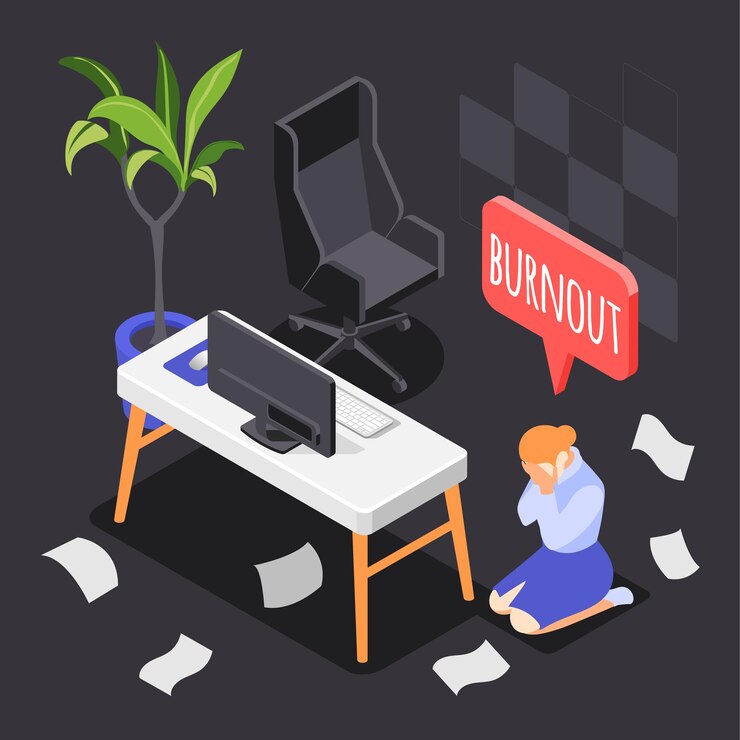


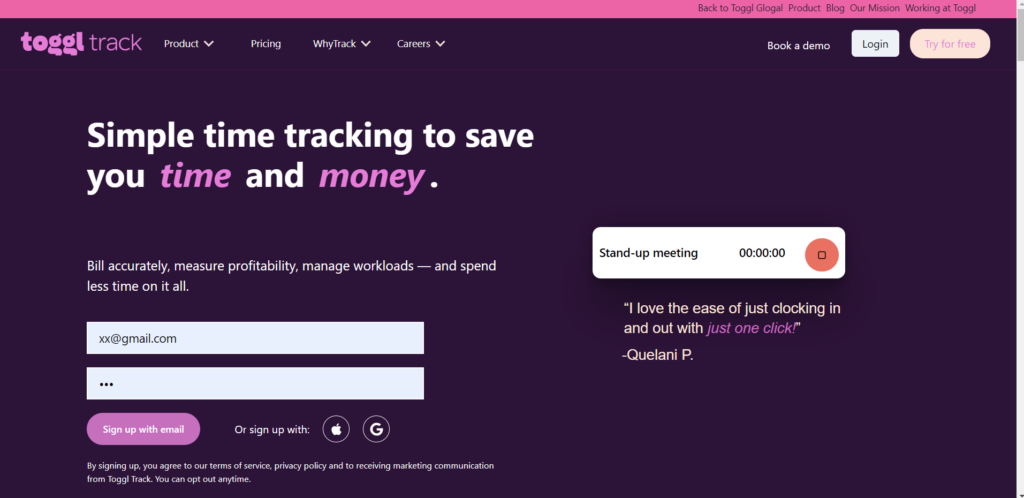
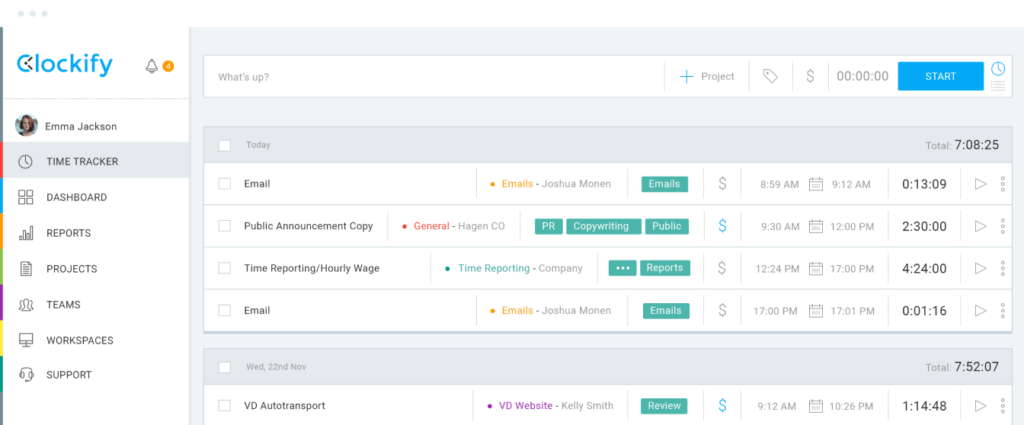
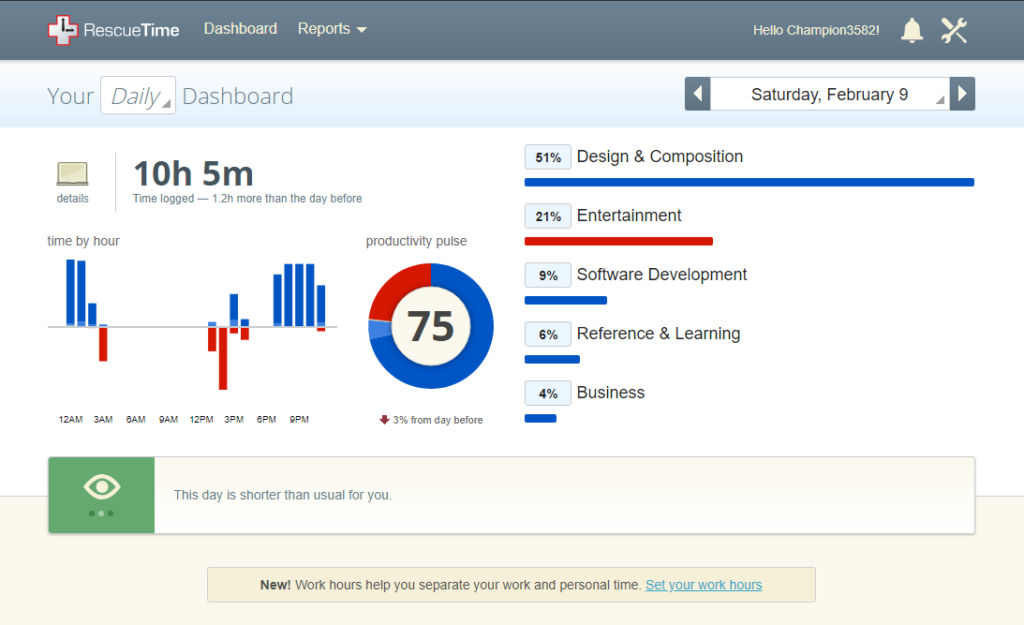

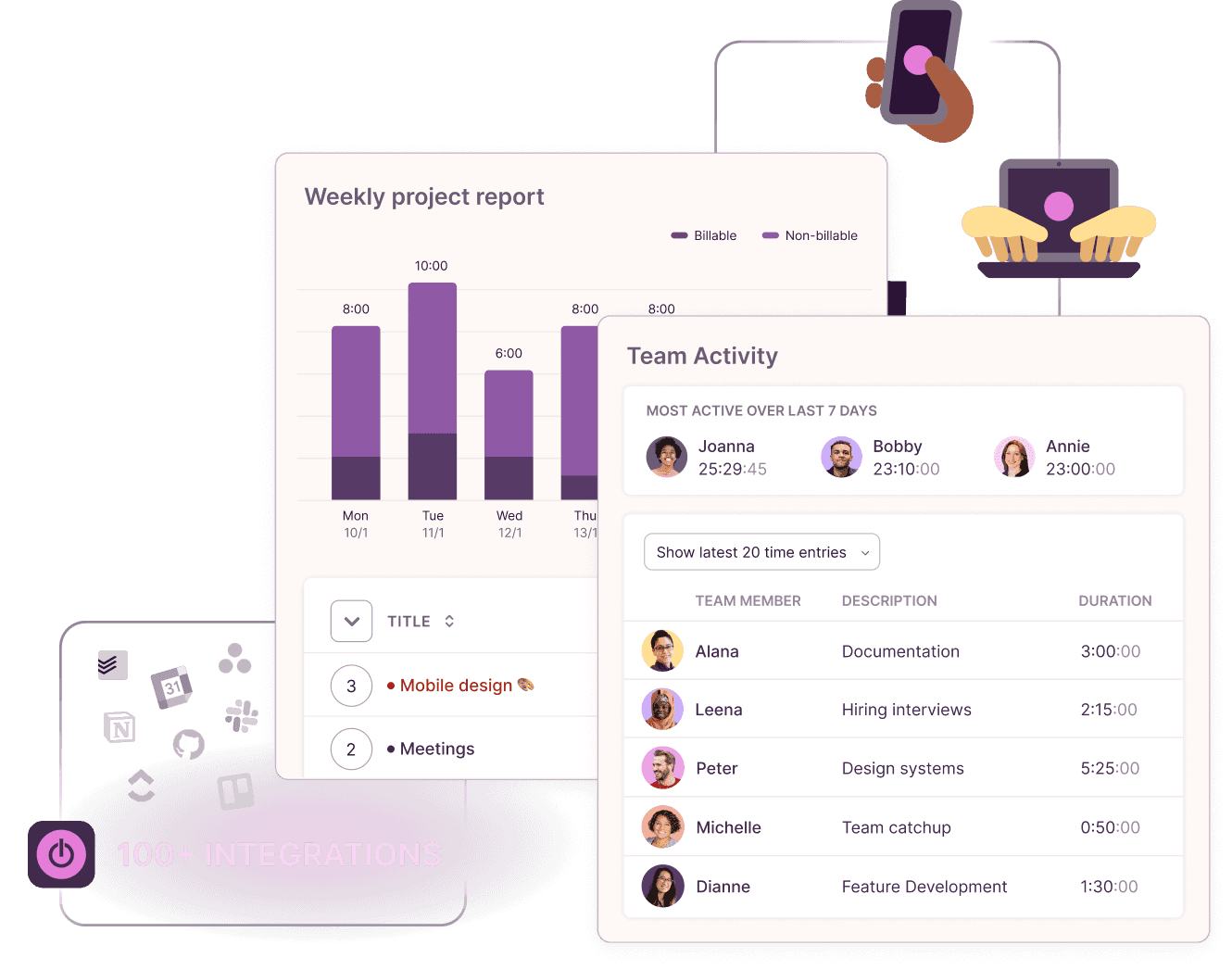

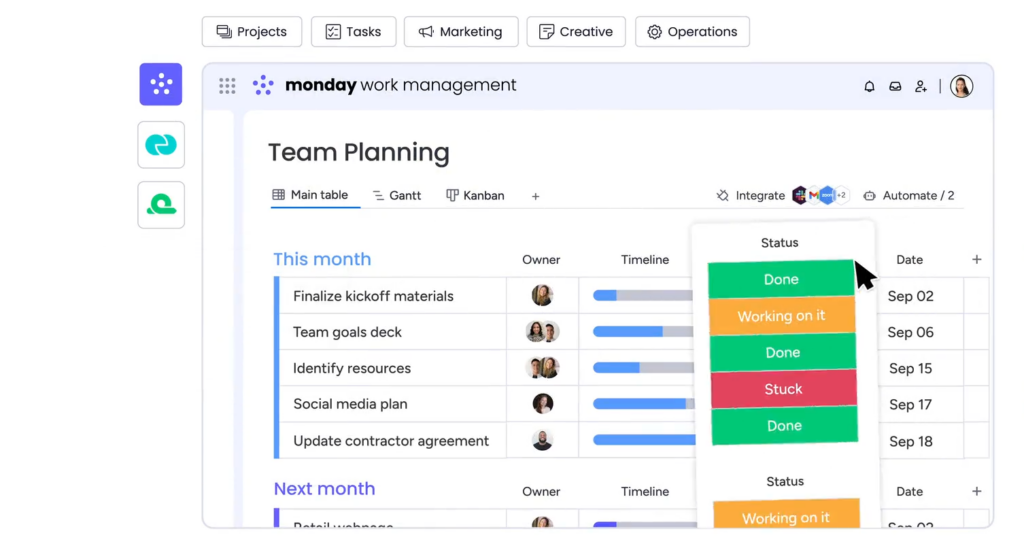
.svg)

